Working from home or on-site often means long hours of being seated for many of us. For those who suffer chronic illnesses or mobility issues, the range of movement can be severely limited, forcing many to be seated or sedentary due to sickness or pain. Rarely do some of us have much time to pause and walk around during our adult life, causing many of us to become more sedentary than ever.
With COVID-19, we were also introduced to new behaviors in our daily lives, like social distancing, mask-wearing, and working from home, which soon became the new norm for many businesses as they realized productivity remained the same whether employees were in the office or not.
In a study conducted in 2020 with 5036 U.S. adults, it was reported overall that 42.6% spent more than 8 hours a day being seated. (1)
Unfortunately, the adage of "too much of anything is bad" when sitting for long periods is true in this case. But why is this a problem? What does this have to do with compression socks?
You'd be surprised! We're going to take a look at why sitting long-term is bad for you and how compression socks help.
The Health Risks
Why is sitting so long a problem? Chronic excessive levels of sedentary time have been linked to more significant health risks such as diabetes, heart disease, mortality, and even some cancers.
Diabetes
In a study published in BMC (2), published on January 15th, 2022, researchers recruited 402 patients with type 2 diabetes, also known as Diabetes mellitus. Type 2 diabetes is a chronic disease characterized by high sugar levels in the blood. Across all patients, they received questionnaires to help the researchers evaluate sedentary time. Each patient also underwent a dual-energy X-ray absorptiometry (a measurement of the amount of radiation absorbed (as by living tissue) primarily to determine density) scan to detect body composition such as:
• Body fat percentage
• Trunk fat percentage
• Appendicular skeletal muscle index
• Lumbar spine bone mineral density
• Femoral neck bone density
• Hip bone density
• And Total bone density
The results showed that with the increase of seated or sedentary time, the body percentage fat and the trunk percentage fat were significantly increased. At the same time, all bone mineral densities were notably decreased. When we sit for long periods, this can change our body's metabolism, including our insulin resistance, leading to type 2 diabetes.
Heart Disease
The study of adverse cardiovascular health consequences of physical inactivity has been reviewed and studied extensively over the last seven decades. Experimental evidence being collected in 2021 and 2022 (3) is beginning to gather the information that may help clarify some of the vital biological associations between sitting time and how it decreases cardiovascular health.
Sitting too long can affect:
• Vascular Function – Your circulatory system responsible for carrying your blood is affected by prolonged periods of sitting, especially in your legs. A study in 2020 that gathered and combined the results of multiple other scientific studies on prolonged sitting and blood circulation function among adults(4) showed that it led to acute impairment of blood flow.
• Higher Blood Pressure – The reduction in metabolism and blood flow during prolonged sitting will likely contribute to increased blood pressure. The excess strain and resulting damage from high blood pressure can cause coronary arteries serving the heart to slowly narrow from plaque—a build-up of fat, cholesterol, and other substances.
Cancer
In The Journal of Sport and Health Science, Volume 10, in September 2021, a study was published that included 95,319 Chinese adults without cancer from 3 large cohorts were followed. Their sedentary behavior and physical activity were recorded with a unified unified unified data questionnaire. (5)
For those having more than 10 hours of sedentary time, it was observed that this group had the highest cancer and mortality risks compared to any other group.
How Compression Socks Help
Diabetes
If you've already been diagnosed with diabetes, you might know that circulation issues are one of the most common side effects. Your physician, diabetes educator, and pharmacists instructing you on how best to look after your health may have already emphasized paying attention to your feet, ankles, and legs. Diabetes may lead to circulation issues and swelling, known as peripheral edema.
Compression socks or compression stockings can help reduce edema and help you keep your legs and feet healthier. Graduated compression socks have been proven to be an effective tool to promote venous blood flow, which helps prevent venous insufficiency, usually the culprit of peripheral edema.
Heart Disease
Whether from a surgical procedure or sitting for prolonged periods, blood can begin to pool into the legs. When blood pools into the legs, this can lead to deep vein thrombosis. Explicitly designed to improve your lower limb circulation, wearing compression socks apply even pressure around your legs, ankles, and feet. This pressure can assist your body in keeping the blood and other fluids moving as they should.
How to Get Moving With Compression Socks
Scientists and medical professionals alike agree that the best means to fight the risks to your health from a sedentary lifestyle is to combine activity and compression socks. But how do you start when you are chronically ill or in pain?
• Any activity that gets your blood flowing and heart pumping is good—a simple walk around the house, for example.
• Dance to music, either standing up or sitting down.
• Do a simple task at home.
• Low-impact, slow, and steady activity videos—such as activities for those bed or chair bound, seated yoga, or even stretching.
• Walk around whenever you talk on the phone
• Stretch during TV commercial breaks
• Park the car a bit further away than usual from your favorite store
Prolonged, uninterrupted periods of sitting are contributing to the risk of illness and diseases. Sitting too long, like standing too long, is bad for you, but you can change that one slow and steady step at a time with the help of a pair of great compression socks!
Sources:
1. https://www.sciencedirect.com/science/article/pii/S221133552030214X
2. https://dmsjournal.biomedcentral.com/articles/10.1186/s13098-021-00778-6
3. https://www.nature.com/articles/s41569-021-00547-y
4. https://pubmed.ncbi.nlm.nih.gov/32757163/
5. https://www.sciencedirect.com/science/article/pii/S2095254621000466

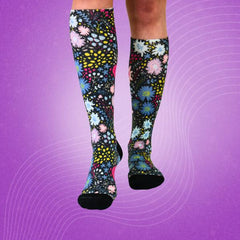
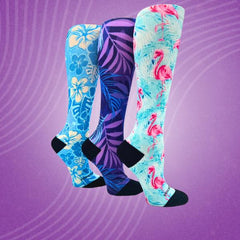
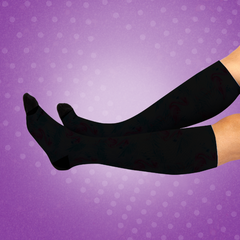

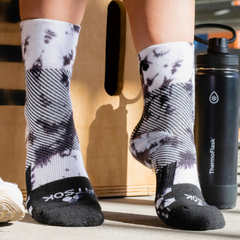
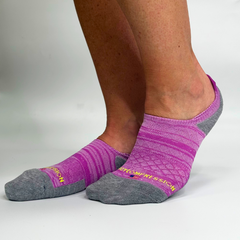




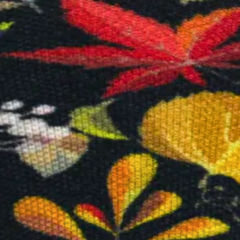




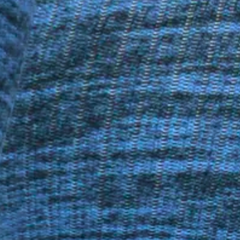
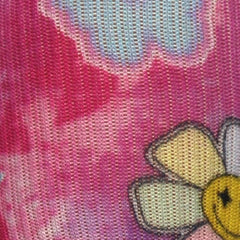

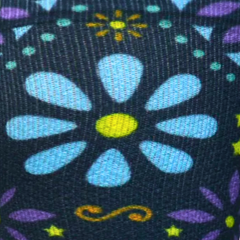
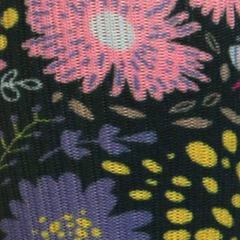
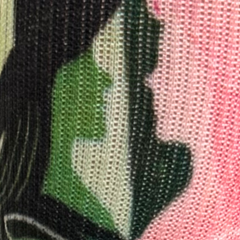

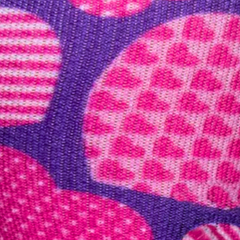

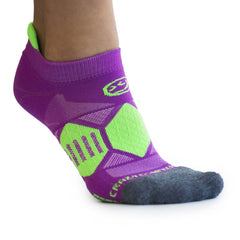

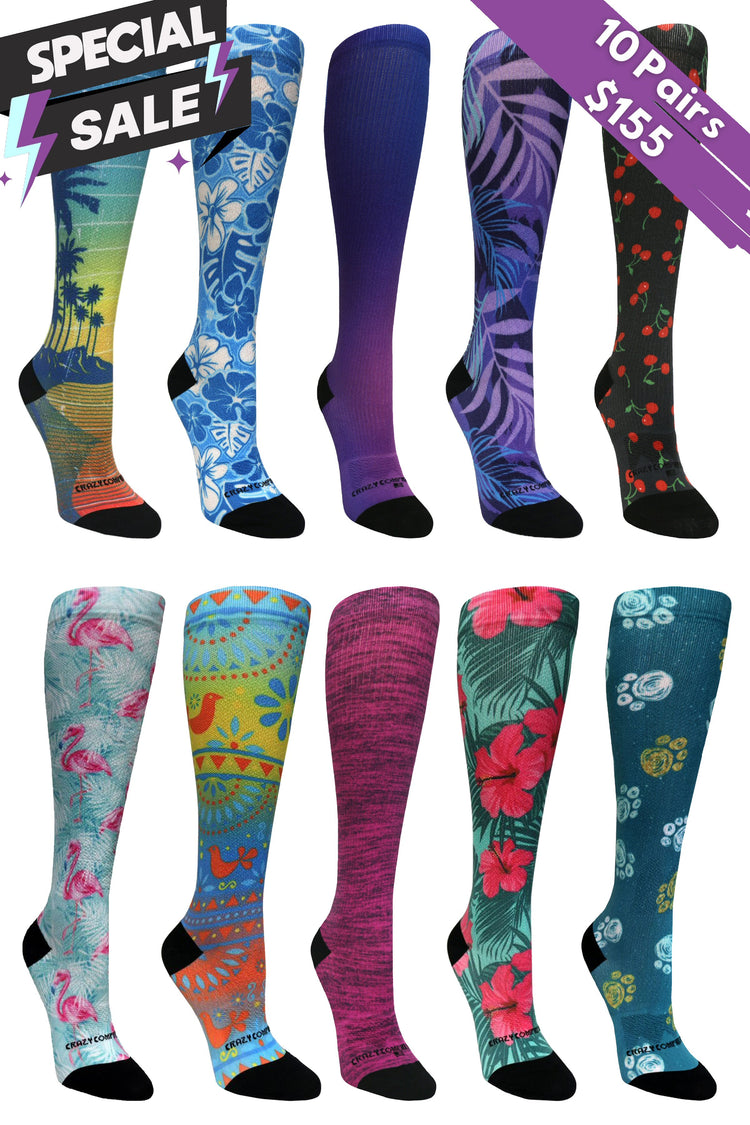


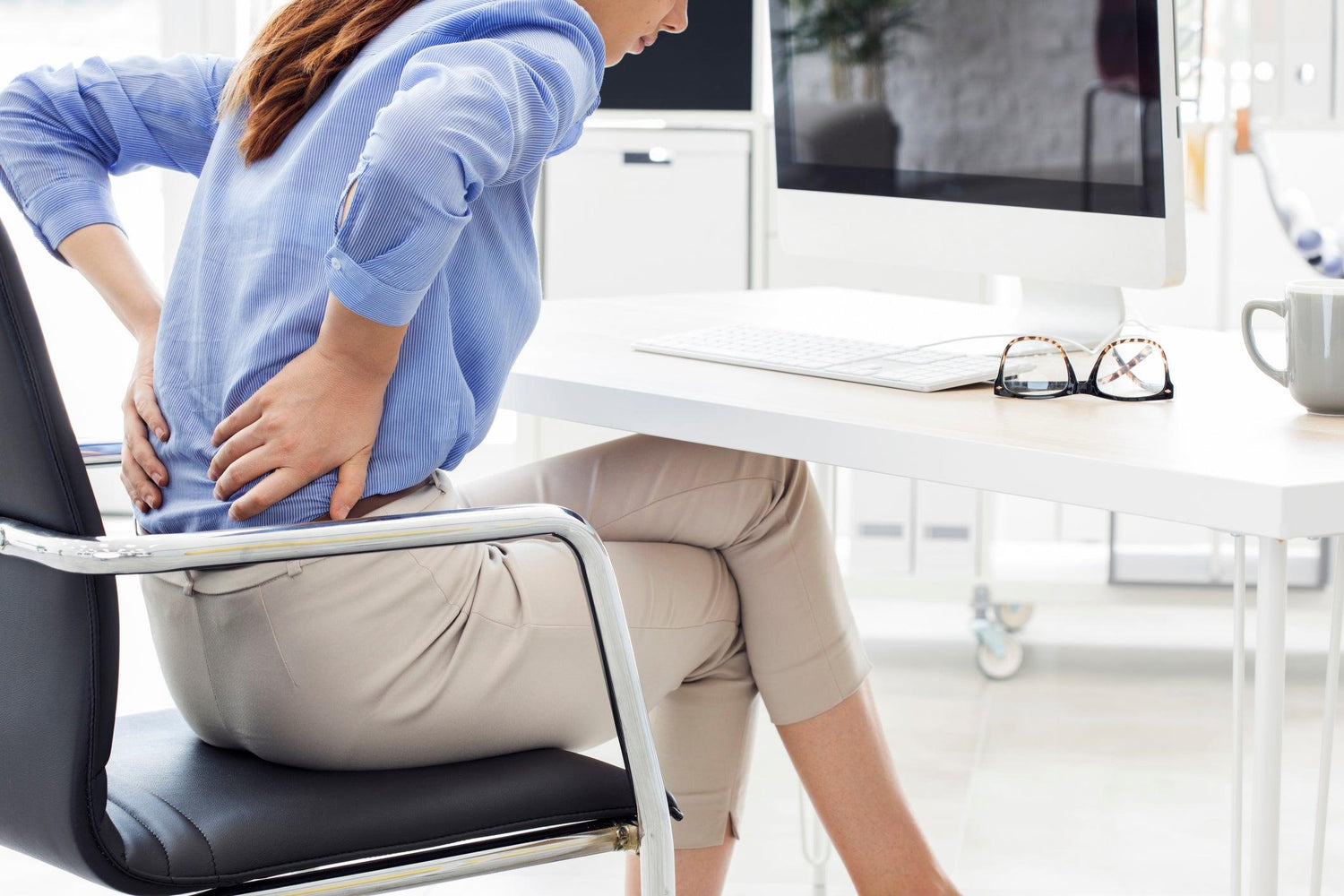

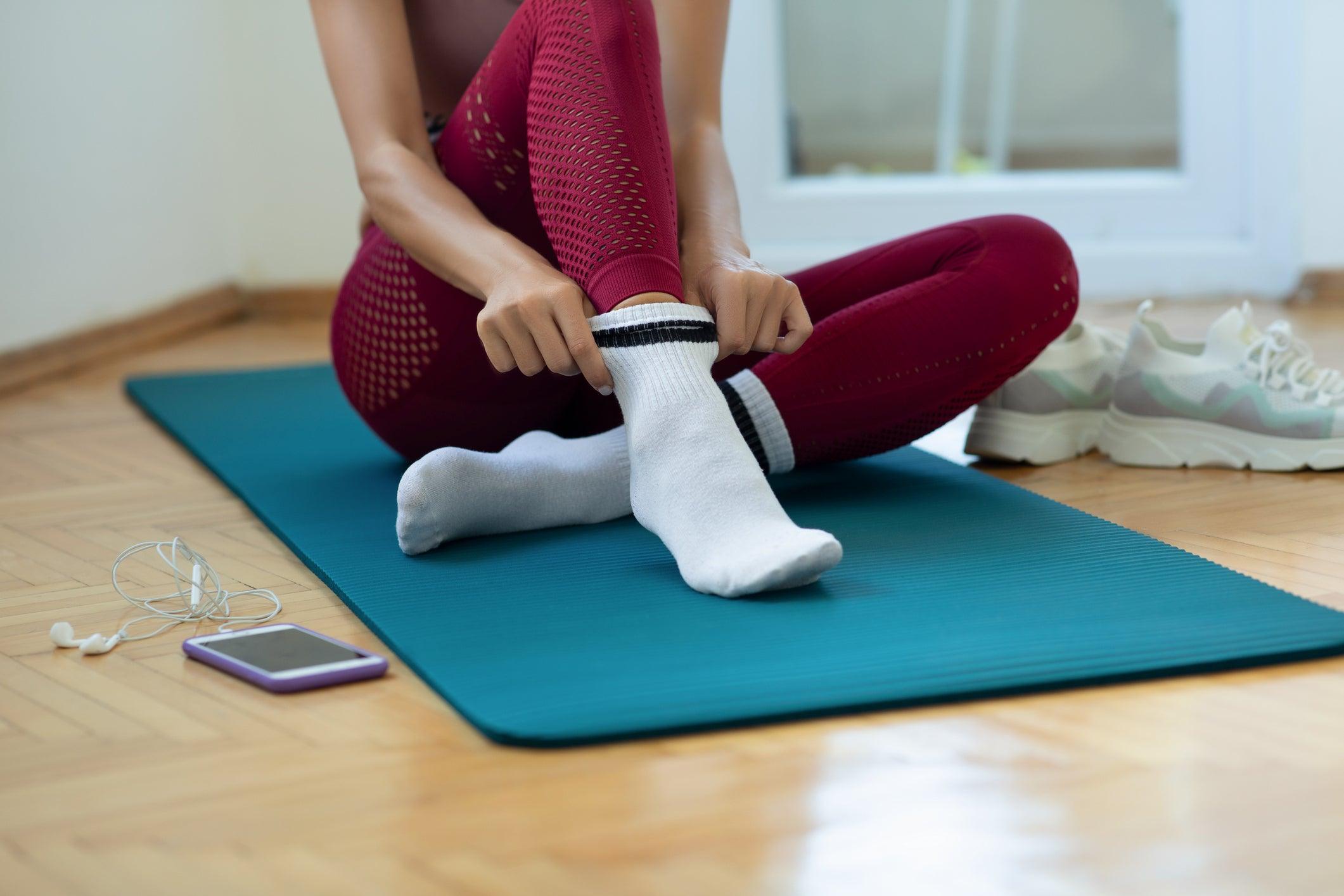
Leave a comment
This site is protected by hCaptcha and the hCaptcha Privacy Policy and Terms of Service apply.